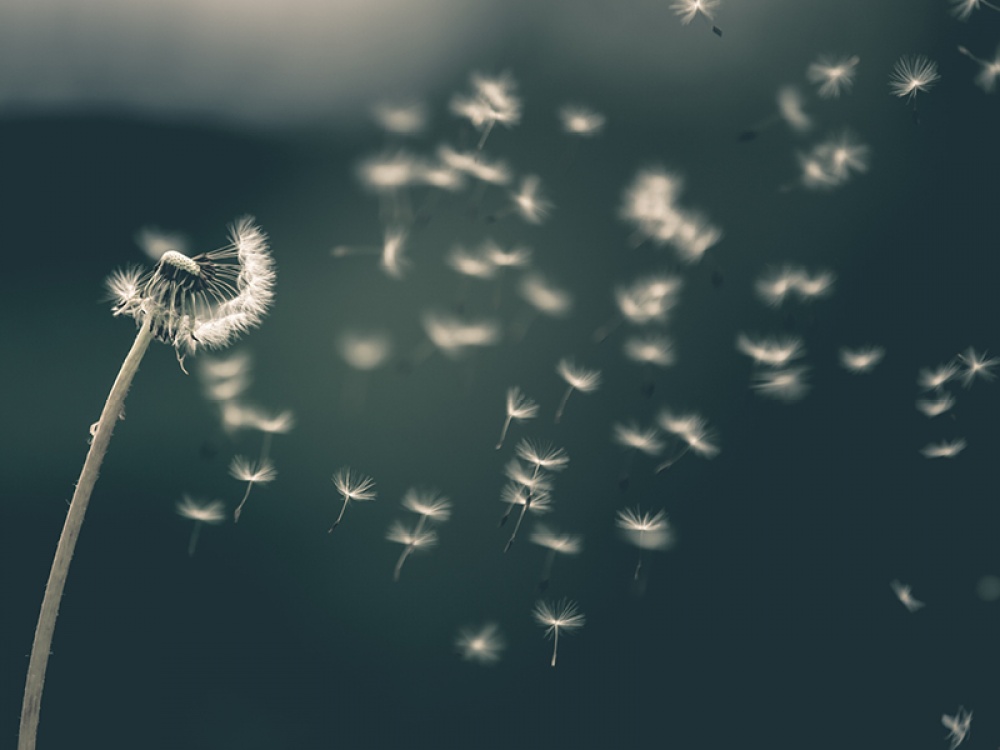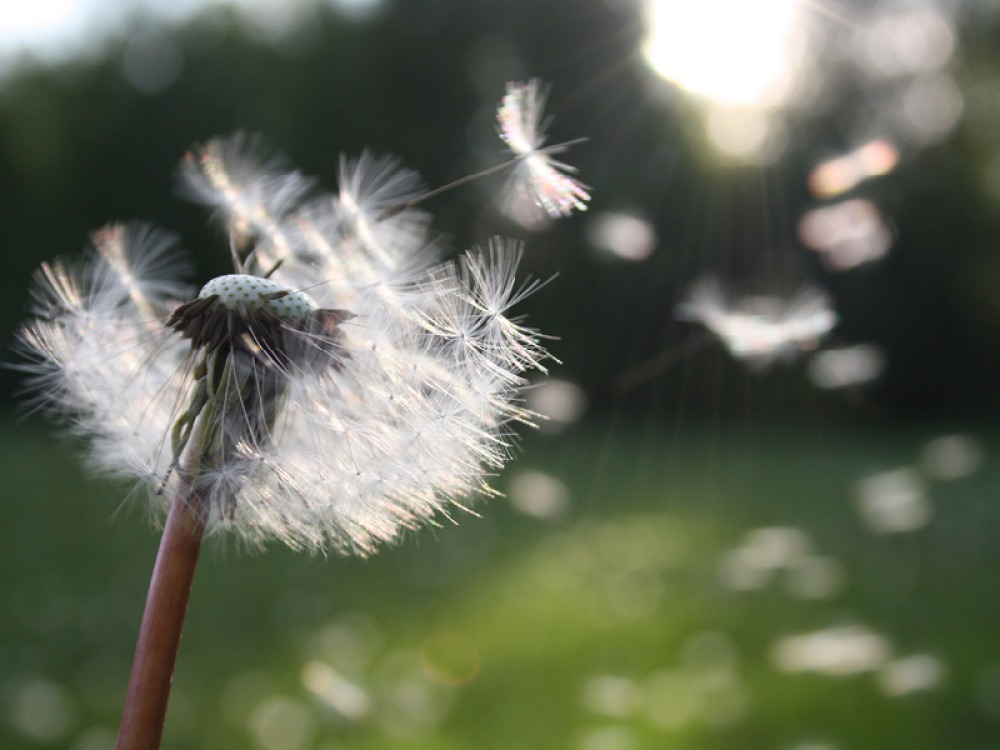Top Tips On How to Help Your Hay Fever

For anyone who suffers from hay fever the arrival of warmer weather may not always be so welcome
Hay fever is a common allergy caused by the immune system overreacting to pollen in the air. The body treats pollen in the same way it does bacteria, kickstarting the immune system and releasing histamine. This self-defence mechanism leads naturally to inflammation of the nasal passages, sneezing, and often runny, itchy eyes and headaches.
Unfortunately there is no simple cure for hay fever. But, as recent research shows, due to climate change the pollen season is likely to get longer and become more intense. Luckily there are things you can do to relieve some of the symptoms.
Try not to constantly blow your nose. Although it is hard to ignore the temptation, the more you do blow your nose the more irritated the nasal passages can become. Help to soothe sensitivity and clear out impurities and allergens with over-the-counter nasal sprays, and an antihistamine will help reduce some of the symptoms too. Swap coffee (caffeine can overload the liver leading to increased histamine levels) for herbal teas – the menthol in peppermint tea will help clear nasal passages.
Read More: What You Need to Know About Your Ultradian Rhythm and How it Can Benefit You

Sufferers might find that putting Vaseline, or your favourite balm, around the nostrils helps to trap pollen and reduce symptoms. It is also recommended that you wear wrap-around sunglasses to reduce the amount of pollen getting into your eyes.
Serious sufferers should think about changing clothes and showering to get rid of excess pollen after being outside. Washing your hair is also advisable as pollen is easily trapped (and it’s the same with pets, who should also get a regular brush and bath as their coats are efficient pollen carriers). Try and keep your home as pollen-free as possible. Dusting and vacuuming regularly, and keeping windows (particularly in the bedroom) and doors shut will all help.
Don’t think living in a town or city will reduce your exposure to pollen. Built-up areas have a higher level of pollution and dust clouds which trap pollen closer to the ground, which can make symptoms for city dwellers far worse. Whilst we can’t all live beside the sea, pollen counts are generally far lower at the coast because of the sea breezes.
It might sound obvious, but try and reduce your exposure to pollen when possible. Some sufferers also react differently at different times to different types of pollen. Try and understand your personal pollen trigger. Tree pollen tends to be highest in March and April, grass pollen peaks between May and July and weed pollen kicks in from June through to September, but these are very general guidelines, and as mentioned a change in growing seasons with more erratic weather patterns means hay fever can strike at any time.
If you do have a garden then think carefully about what you plant. Avoid ornamental grasses and opt for plants which are pollinated by insects as that means the pollen is less likely to be in the air. The same goes for trees. Wind-pollinated trees include the popular birch and horse chestnut, whereas fruit trees tend to be insect pollinated as their pollen is heavier and not so readily blown about.
To help you avoid high pollen days, there are a number of useful apps. The Met Office produces a daily pollen count between March and September. Pollen.com is a forecasting app which will identify different types of pollen, but as a general rule, the pollen count is higher when it’s warmer, and rises with a longer period of warm sunny weather. Rain may dampen your symptoms but thunderstorms can do the opposite as the pollen is broken down further, so can travel deeper into the lungs. Also be aware that the pollen count tends to be higher in the evening, which is pretty obvious, but also in the morning before it has had a chance to disperse.
Read More: Nuddy is Making Soap Cool Again
Whilst it won’t cure your hay fever symptoms, what you eat can make a difference to their intensity. Some foods contain greater amounts of histamine, such as some dairy products and alcohol, and can actually exacerbate symptoms. Conversely, some foods may help. Citrus fruits such as oranges and grapefruit contain vitamin C which is a natural antihistamine. Strawberries, blackcurrants, broccoli, garlic and red peppers are also a natural source of vitamin C. Some sufferers swear taking a spoonful of honey each day can relieve symptoms but scientifically the jury remains out on that.
Probiotics are also thought to help (a healthy gut is after all essential for your immune system and overall good health) so whilst milk may be a no-no, pro-biotic yoghurts are worth trying, as is the much-lauded sauerkraut. Similarly, immune system-boosting foods such as carrots, kale, and sweet potatoes rich in beta-carotene can all help to some degree, as will turmeric which contains curcumin known as an anti-inflammatory.
Avoid the sweet stuff. If you suffer from any type of allergy, hayfever included, you are more likely to suffer from blood sugar wobbles. Sugar can trigger highs (and lows), and any changes in your blood sugar levels can cause adrenalin production to kick in, which involves the production of histamine – just what you don’t need. Similarly reduce your alcohol and caffeine intake to help control blood sugar levels too.











